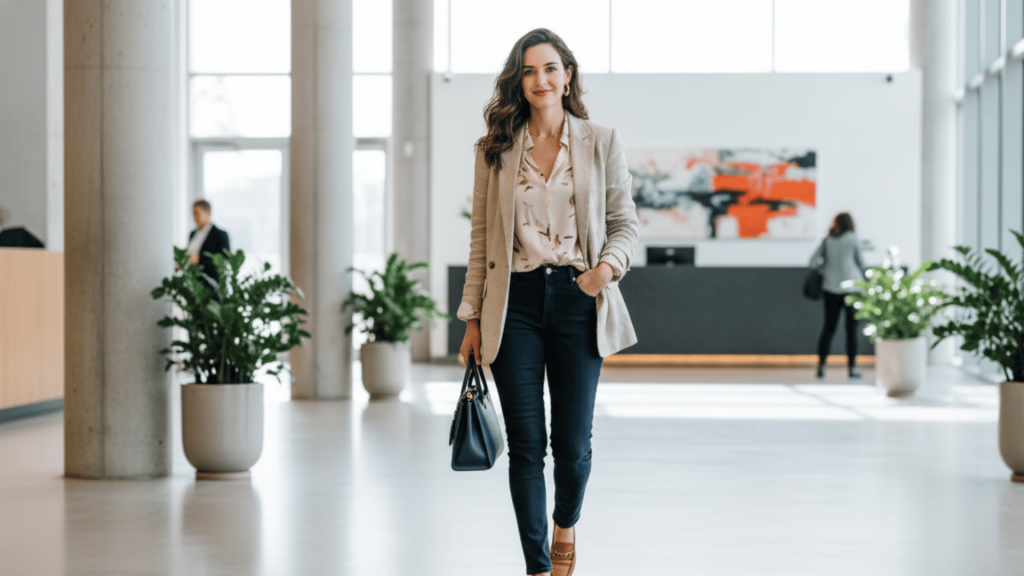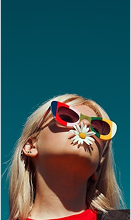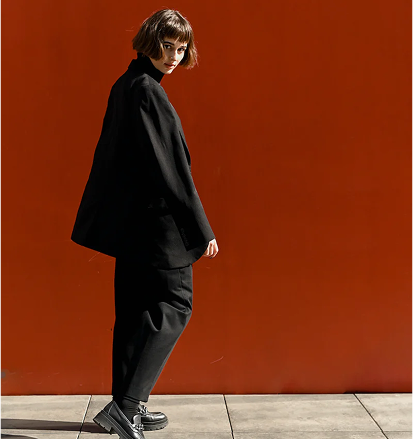Minimalism whispers. Maximalism sings. While the world spent the last decade celebrating capsule wardrobes and neutral palettes, something vibrant was bubbling beneath the surface.
Maximalist fashion refuses to play it safe. It layers prints with abandon, mixes textures without apology, and treats getting dressed like creating art.
This isn’t about throwing on everything at once; it’s about intentional expression that tells your story through color, pattern, and personality.
Ready to go all-in or just curious about adding more life to your wardrobe, here is everything you need to know, from building your color foundation to outfit ideas that prove more really can be more.
What Is Maximalist Fashion?
Maximalist fashion is deliberate self-expression, not visual noise. Where minimalism strips away until only the essential remains, maximalism adds layers of meaning with every choice.
The roots trace back to the 1980s excess, when shoulder pads reached for the ceiling and color blocking knew no limits.
Today, designers like Alessandro Michele, who revived Gucci, have brought maximalism back to runways with contemporary status.
It’s built on four pillars: bold color and print mixing, layering textures and silhouettes, playful accessorizing, and emotional storytelling.
Maximalism is the art of dressed-up confidence that requires commitment.
Building Your Maximalist Palette
Color isn’t decoration in maximalism, it’s the foundation. Before you start mixing prints or stacking accessories, you need to understand your color relationships.
Here’s how to build a palette that works.
|
Step 1: Choose your base hue family. Are you drawn to warm tones like reds, golds, and oranges? Or do cool blues, greens, and violets speak to you? This gives your wardrobe a cohesive starting point without limiting you forever. Step 2: Learn basic color relationships. Complementary colors sit opposite each other on the color wheel, blue and orange, purple and yellow, creating high contrast and visual energy. Analogous colors live next to each other, like pink, coral, and red, feeling harmonious and natural. Triadic combinations use three evenly spaced colors, like yellow, blue, and red, for balanced boldness. Step 3: Add metallics and jewel tones for dimension. Gold, silver, and bronze act as bridges between competing colors. Emerald, sapphire, and ruby bring richness without overwhelming your look. Step 4: Don’t fear contrast. That tension between a bright yellow sweater and deep purple trousers? That’s where the magic happens. Contrast creates the “wow” factor that makes people stop and look twice. Step 5: Build a color board before shopping. Use Pinterest, fabric swatches, or even paint chips. When you can see your colors together before buying, you’ll make smarter choices that work with what you already own. |
How to Decide Your Maximalist Wardrobe
Building a maximalist wardrobe starts with honesty and intention. Use this framework to create a closet that tells your story without overwhelming your space or budget.
- Audit your closet first. Keep pieces that make you feel alive and release what’s taking up space without earning it. Maximalism means keeping things with energy, not keeping everything.
- Build from statement pieces outward. Start with one bold hero piece like a leopard coat or painted blouse, then add two supporting basics. Let your statement shine against simple black trousers and white tees.
- Follow the balance principle. Pair loud prints with neutral textures, a floral dress with a denim jacket, striped pants with a solid sweater. Give the eye places to rest while maintaining visual interest.
- Layer with variety in mind. Vary lengths, fabrics, and shapes for visual interest. A long cardigan over a cropped top over high-waisted pants creates vertical dimension through contrast.
- Invest strategically in transformative pieces. Invest in standout coats, shoes, or accessories that elevate simple items. One embroidered jacket makes basic jeans special, and statement boots transform plain dresses.
The best maximalist wardrobes tell stories through collected pieces, not matching sets bought all at once.
Maximalist Outfit Styling Ideas
Ready to put theory into practice? These styling ideas show you exactly how to build maximalist outfits that work in real life, from pattern mixing basics to statement shoe strategies.
1. Pattern-on-Pattern Perfection

Mix florals with polka dots with stripes in one outfit. The secret lies in anchoring everything with one repeating color so it looks intentional rather than random.
If your floral print has pink undertones, make sure your stripes echo that same pink. This creates visual cohesion within the chaos and signals that your bold choices are deliberate, not accidental.
2. The Monochrome Drama
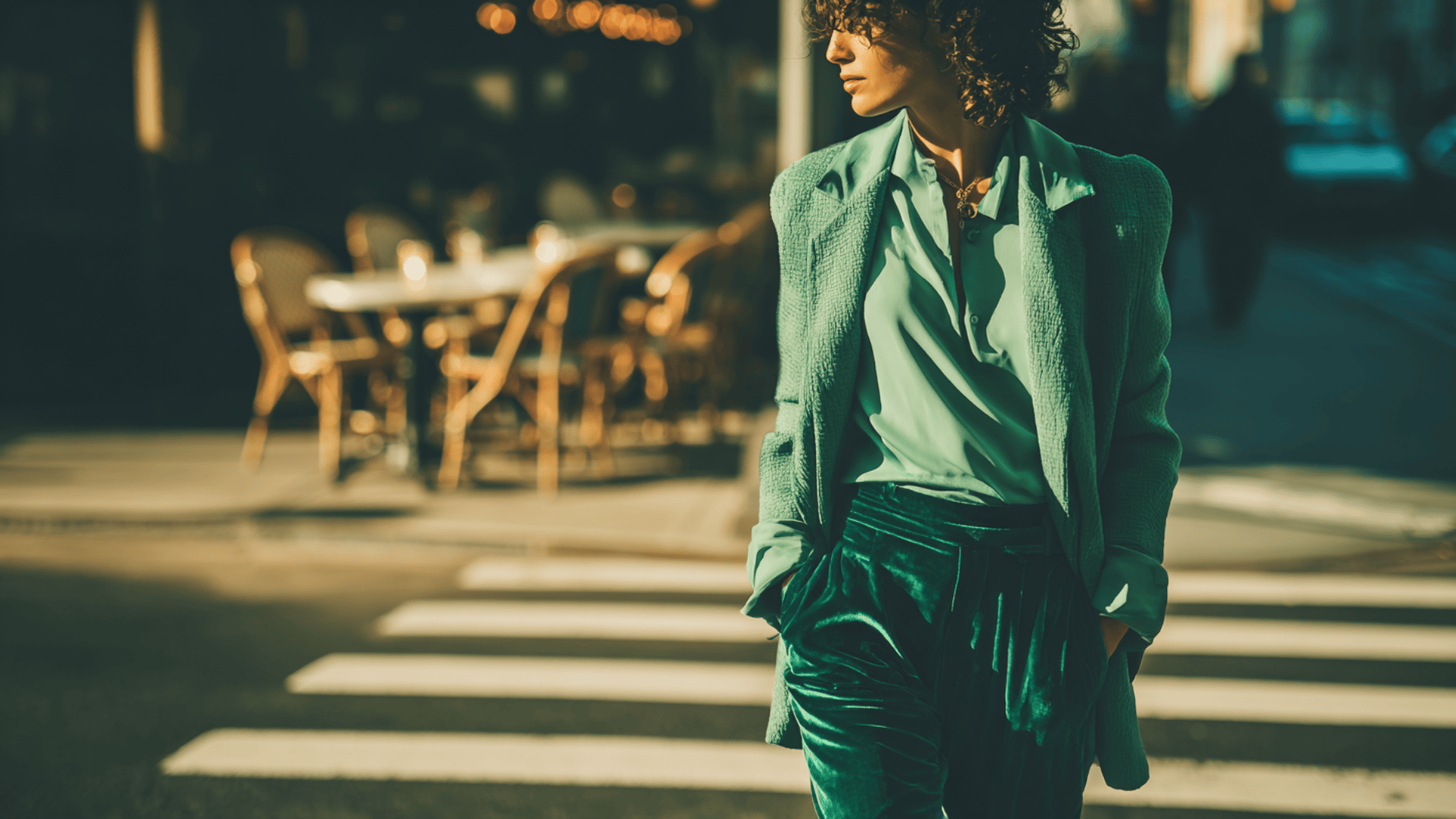
Choose one bold color, emerald, cobalt, or ruby, and commit to it fully from head to toe. Play with different tones and textures within that color family for depth and dimension.
Pair an emerald silk blouse with forest green velvet pants and a mint denim jacket. The result is a statement that looks harmonious despite its intensity and shows mastery of tone.
3. Frills, Ruffles & Romance
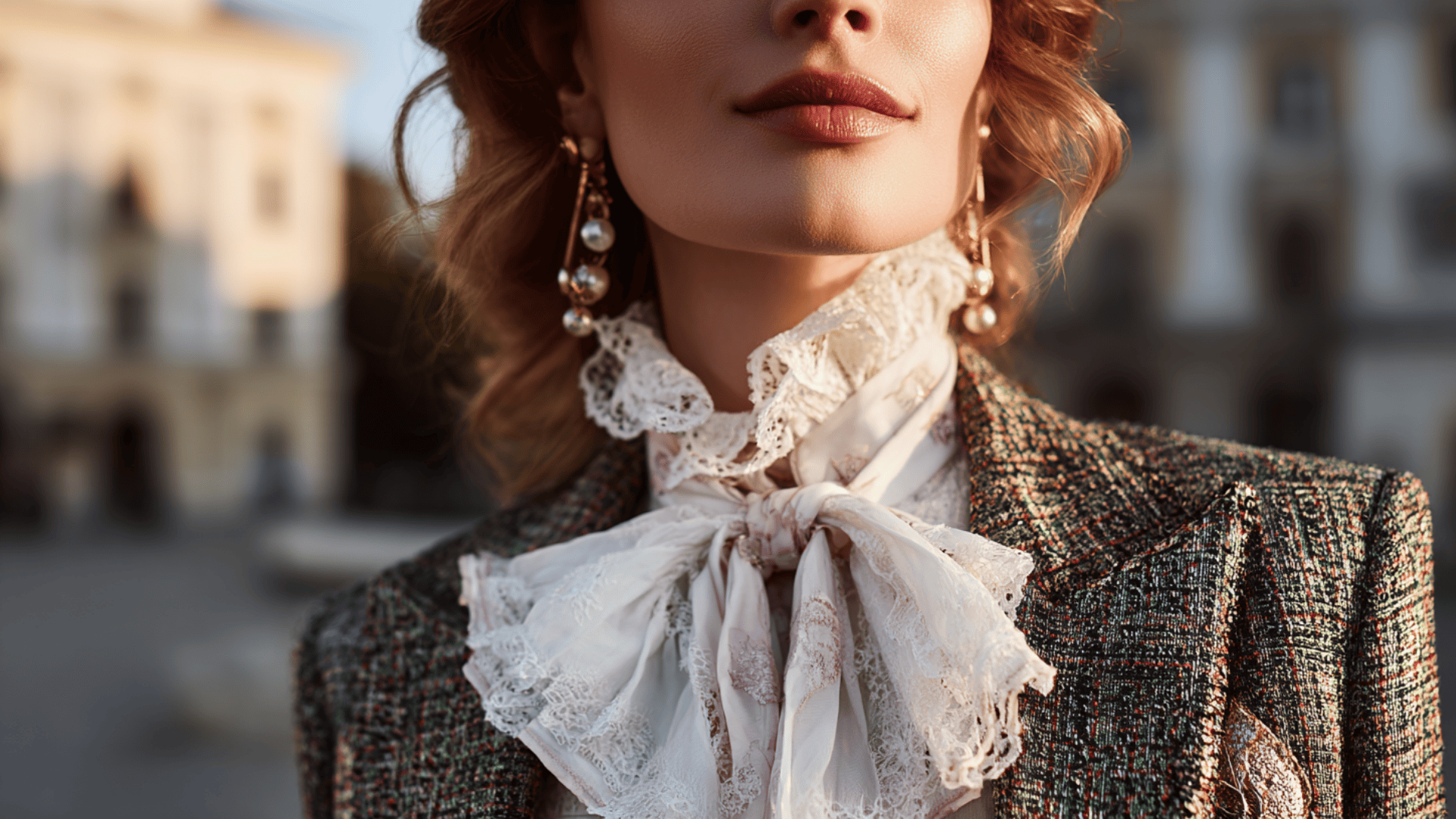
Layer a ruffled blouse under a patterned blazer for Victorian-meets-contemporary vibes. Add finishing touches like a bow tie, pearl earrings, or a statement hat to complete the look.
This combination merges soft femininity with maximalist opulence, creating an outfit that feels both romantic and fashion-forward.
The structured blazer grounds the delicate ruffles, preventing the look from feeling overly sweet.
4. The Power Clash
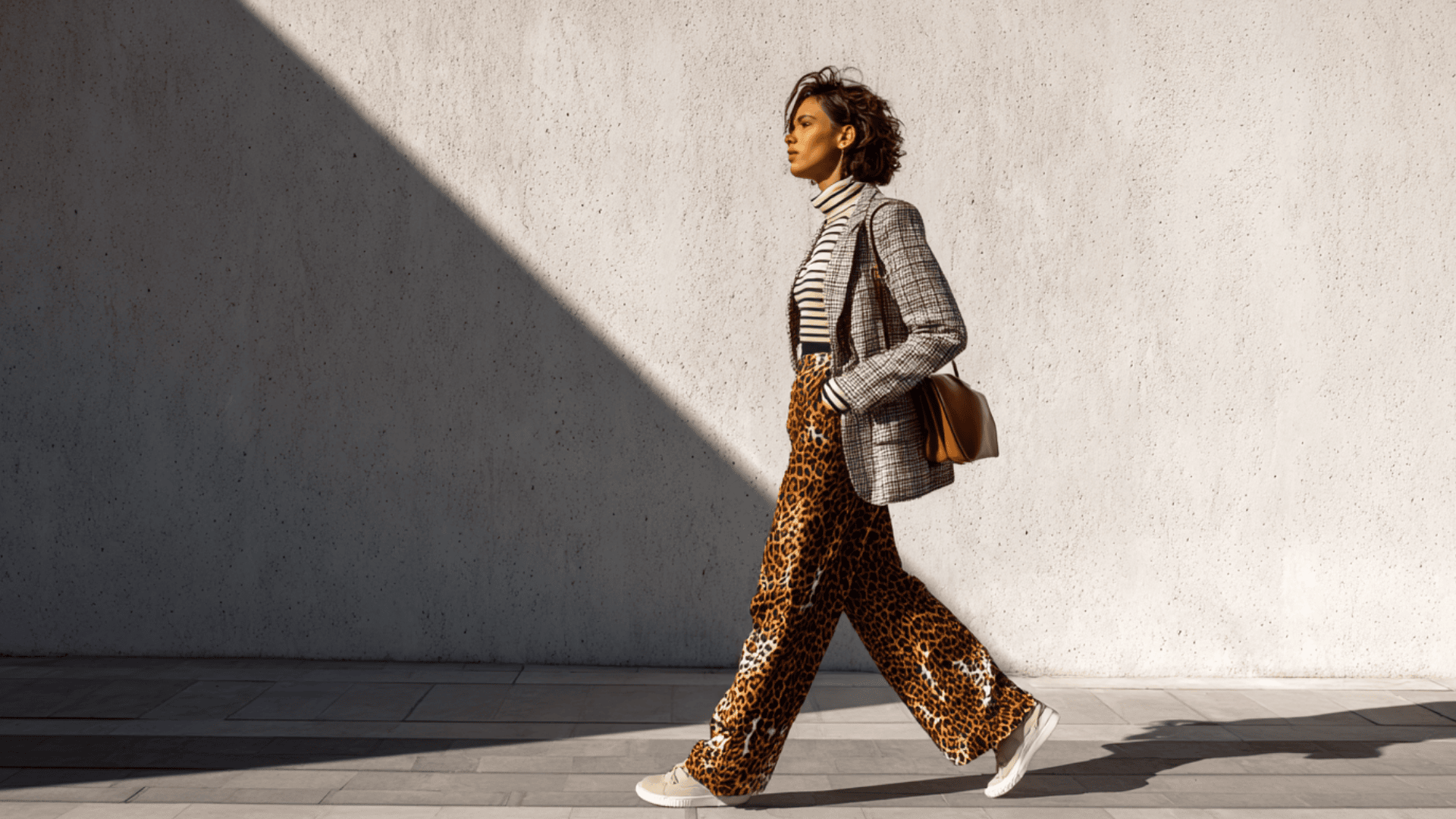
Combine patterns that traditionally fight each other; plaid with leopard print, florals with bold stripes. Keep your silhouettes structured and tailored so the visual chaos feels intentionally controlled rather than messy.
A fitted plaid blazer paired with leopard print pants works because the clean shapes provide structure. The key is balancing wild prints with polished proportions for sophisticated impact.
5. The Luxe Texture Stack
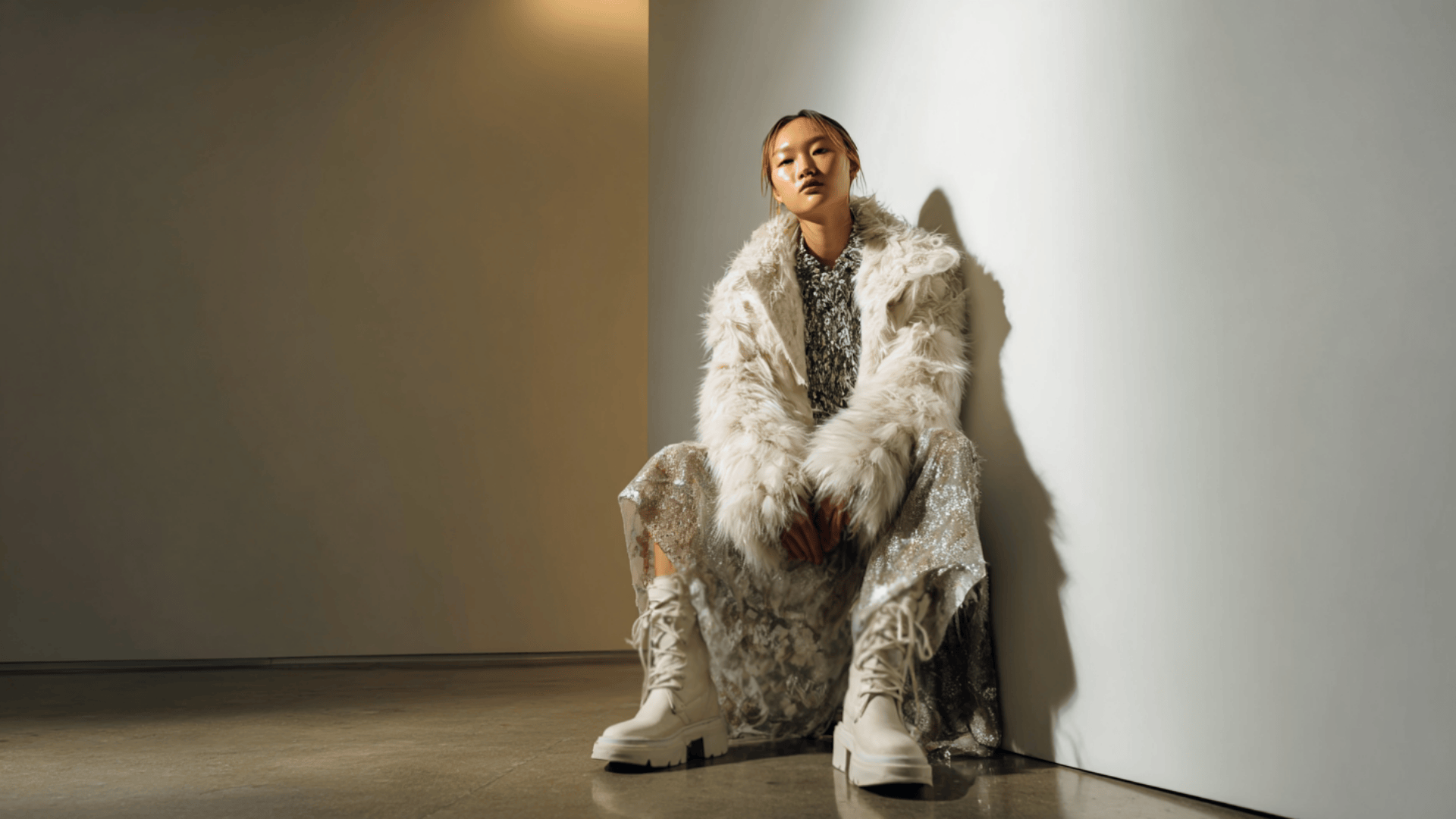
Mix faux fur, sequins, velvet, and metallics in one outfit for maximum sensory interest. Balance all that shine and softness with matte boots or a denim base piece to ground the look.
This approach to maximalism prioritizes how clothes feel, not just how they look. Your outfit should offer tactile variety that makes getting dressed feel like an experience worth savoring.
6. Accessory Overload (Done Right)
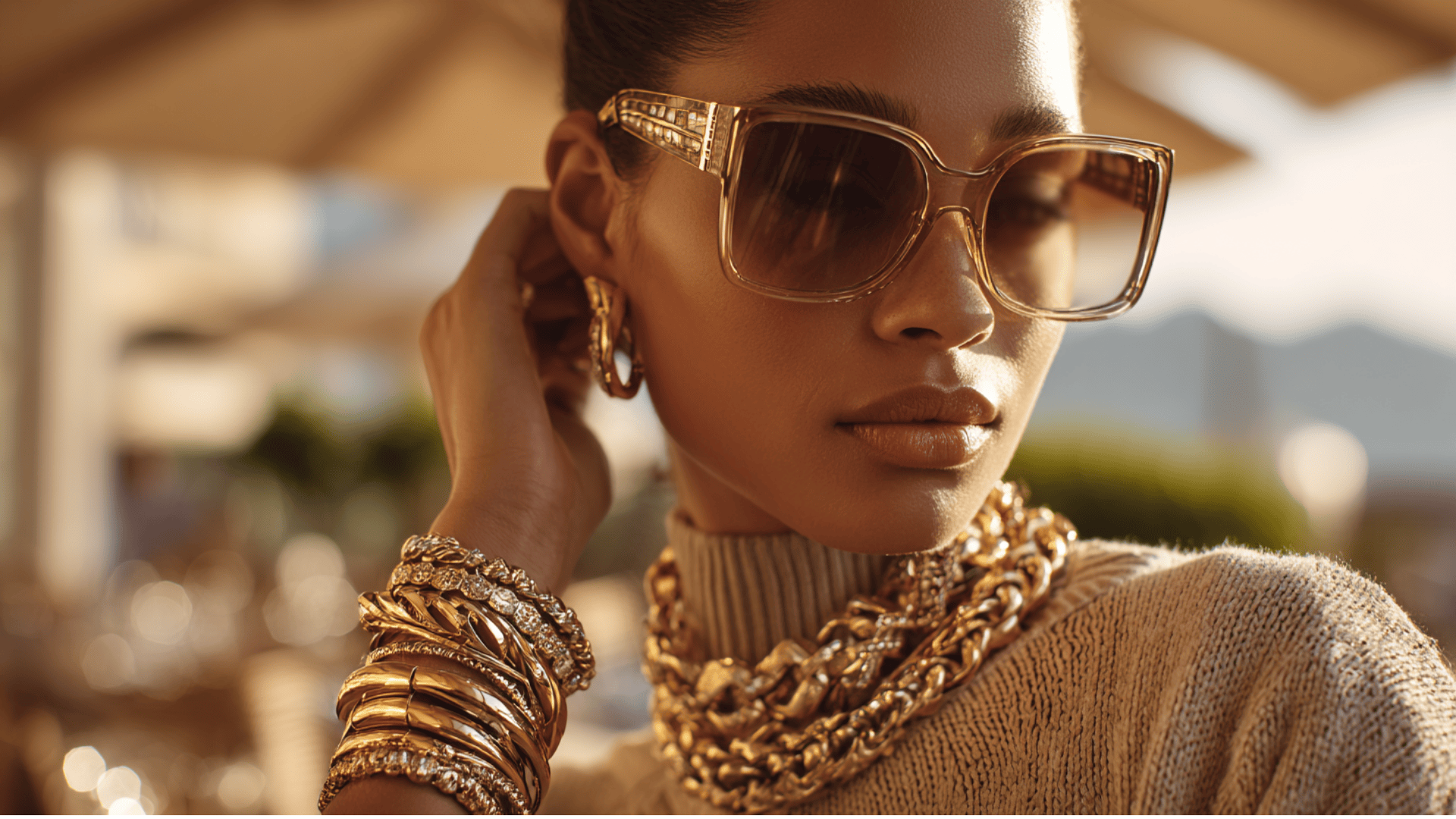
Layer multiple necklaces, add bold sunglasses, and stack several bracelets without looking overdone.
The key to pulling this off is maintaining either a consistent color motif or metal tone throughout all your accessories.
Stick with all gold or all silver to keep the layers from reading as chaotic. This creates a curated abundance that feels intentional rather than accidental.
7. Color Explosion

Combine unexpected bright colors in one outfit, fuchsia with lime, orange with turquoise. Pull everything together with one neutral grounding element like a black belt or tan leather bag.
That single neutral piece gives the eye a place to rest and an anchor point within all the color. The contrast between vibrant hues and one calm element creates balance without sacrificing boldness.
8. Statement Outerwear Focus

Let a bold printed coat or technicolor trench do the heavy lifting for your entire outfit. Keep your underlayers simple but texturally interesting, think quality basics in complementary neutrals.
The coat becomes the outfit while everything else plays a supporting role. This approach works especially well for people new to maximalism who want one standout piece to carry the look without overwhelming coordination.
9. Vintage + Modern Mashup
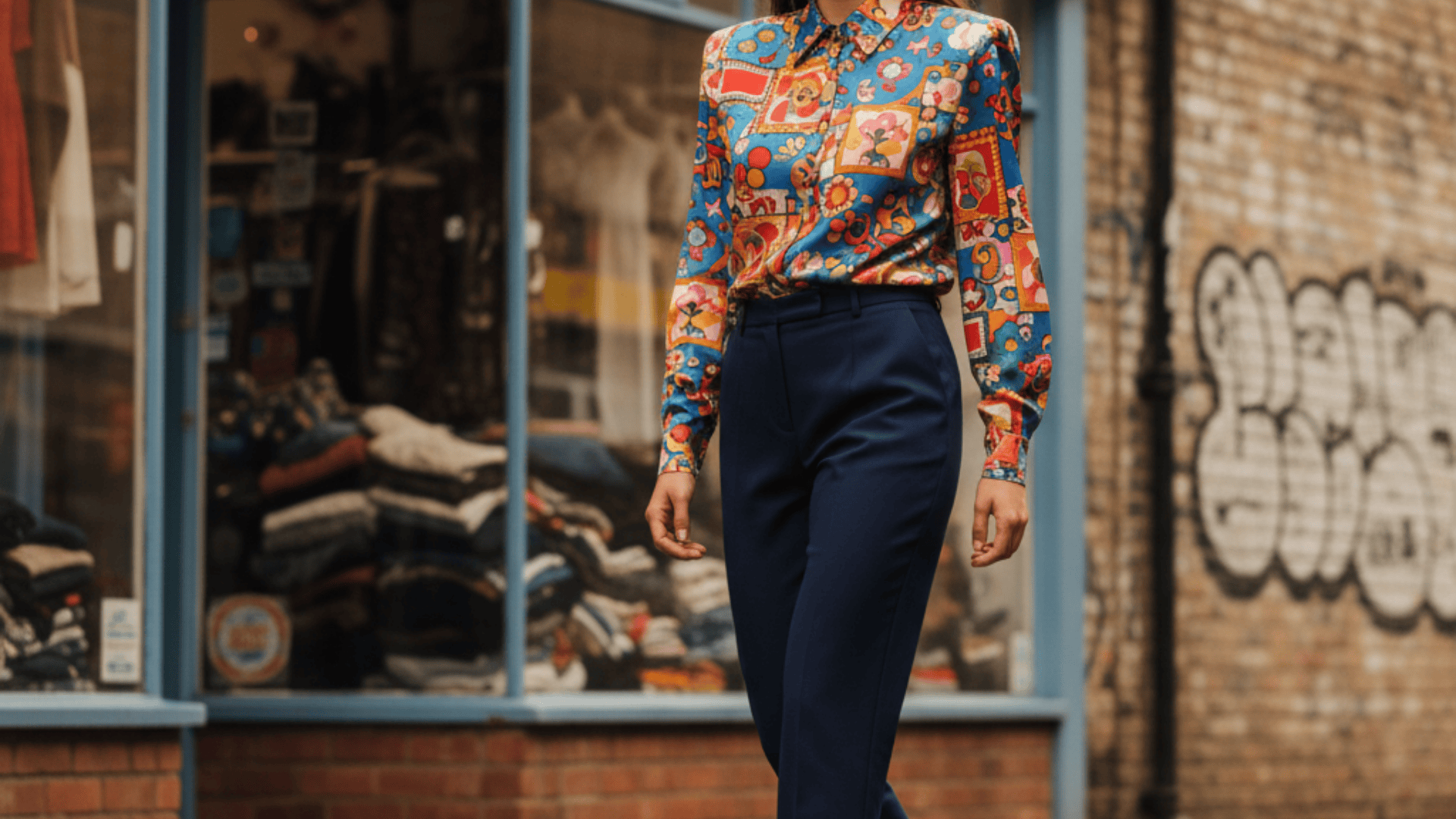
Pair a thrifted 80s patterned blouse with contemporary tailored trousers for temporal tension. Add chunky sneakers or platform shoes to bridge the decades with a current twist.
Mixing different eras in one outfit creates unique style signatures that can’t be replicated from any single season’s offerings. This also makes your wardrobe more sustainable by giving vintage pieces new relevance.
10. The Artistic Layer
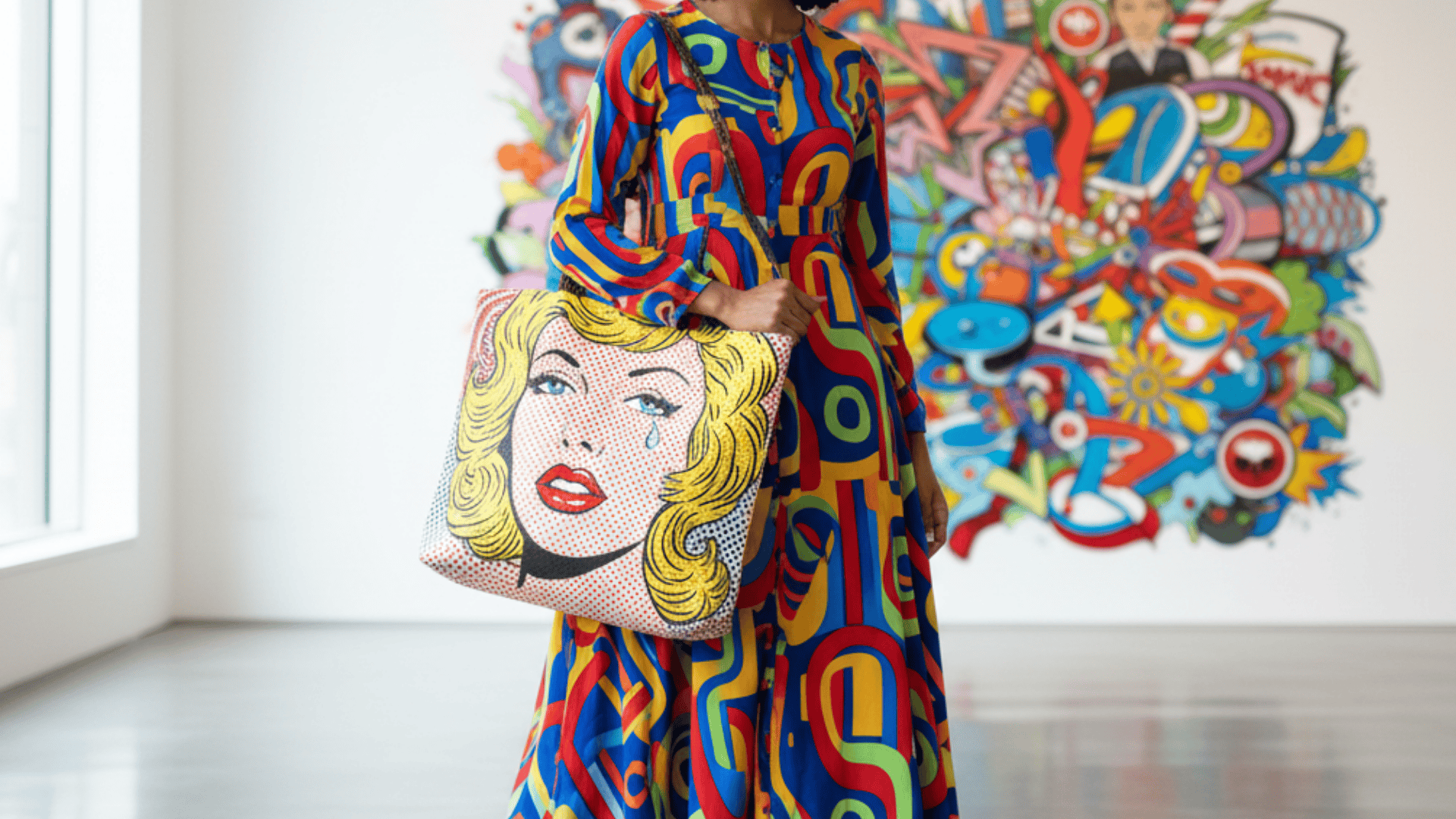
Treat your outfit like a canvas you’re painting on with each piece. Combine an abstract print dress with pop-art-inspired accessories for wearable art vibes.
Include handmade, painted, or embroidered details that add personal touches and craftsmanship.
This styling approach celebrates fashion as artistic expression, turning your body into a gallery space that moves through the world with creative intention.
11. The Jewelry-Centric Look

Build your entire outfit around statement jewelry, gold chain layers, gemstone chokers, and stacked rings.
Keep your clothing base neutral and simple so the jewelry becomes the undisputed main character of the look.
A simple black dress becomes a backdrop for maximum shine and sparkle. This reverses typical styling logic by making accessories the priority and clothes the supporting element.
12. The “Ugly” Shoe

Embrace unconventional footwear like chunky clogs, colorful sneakers, or dramatic platform boots.
Balance these bold shoe choices with sleek upper layers or cropped trousers that show off the footwear.
Let your unusual shoes set the entire tone for the outfit, building everything else around that foundation.
Styling Techniques & Pro Tips
Once you’ve mastered individual looks, these techniques will help you refine your maximalist approach and make getting dressed easier.
-
Follow the three-layer rule: pattern, texture, and accessory. Each layer adds dimension without competition.
-
Echo your colors throughout the outfit. If your coat is red, tie that into accessories—red earrings, burgundy bag, coral scarf. Repetition creates intentional cohesion.
-
Use belts to define structure within visual complexity. A cinched waist gives shape to layered patterns and flowing fabrics.
-
Mix high and low pieces. Pair a designer jacket with thrifted pants. Luxury with accessibility creates interesting contrasts and keeps budgets reasonable.
-
Adopt a genderless shopping mindset. The men’s section has great oversized blazers. The women’s section has statement accessories. Style knows no boundaries.
-
Photograph your outfits. Sometimes what feels right in the mirror looks different on camera. Taking photos helps refine what actually works visually.
Conclusion
Maximalism isn’t about chaos; it’s about confidence and joy. It’s choosing self-expression over safe choices and storytelling over uniformity.
You don’t need to transform your entire wardrobe overnight. Start small. Add one printed piece. Mix two patterns. Layer an extra accessory.
Let your style build naturally as your confidence grows. In a world of beige, you have permission to be a collage.
Share your experiments, take risks, and remember: the best outfit is the one that makes you feel like the most interesting version of yourself. Now go fill your closet with color, personality, and volume.





